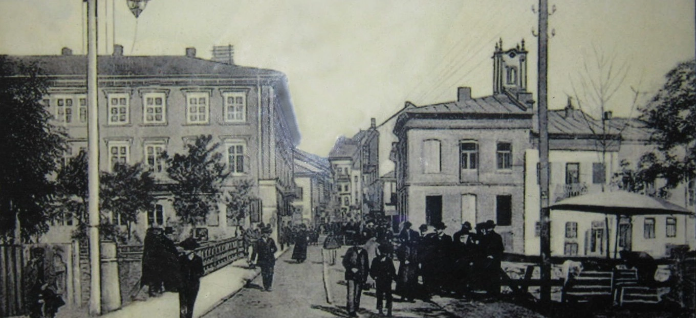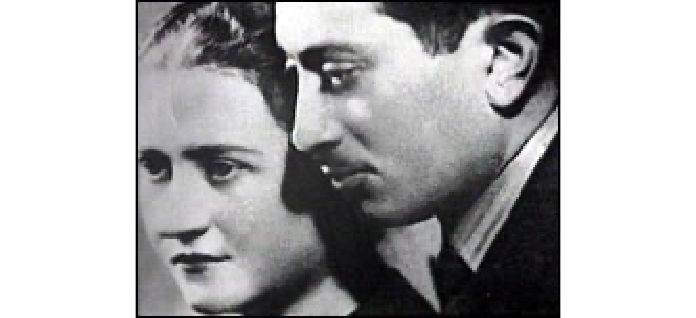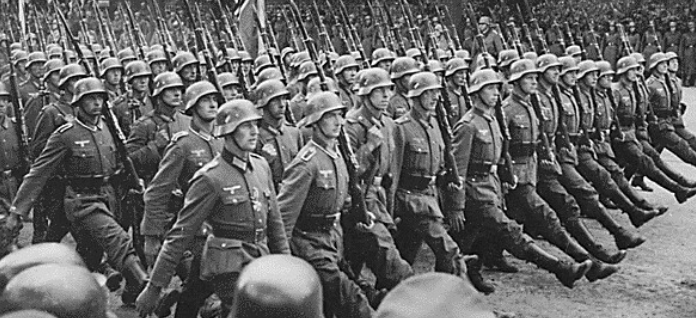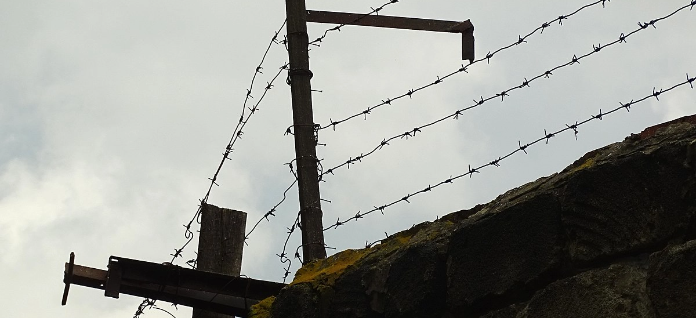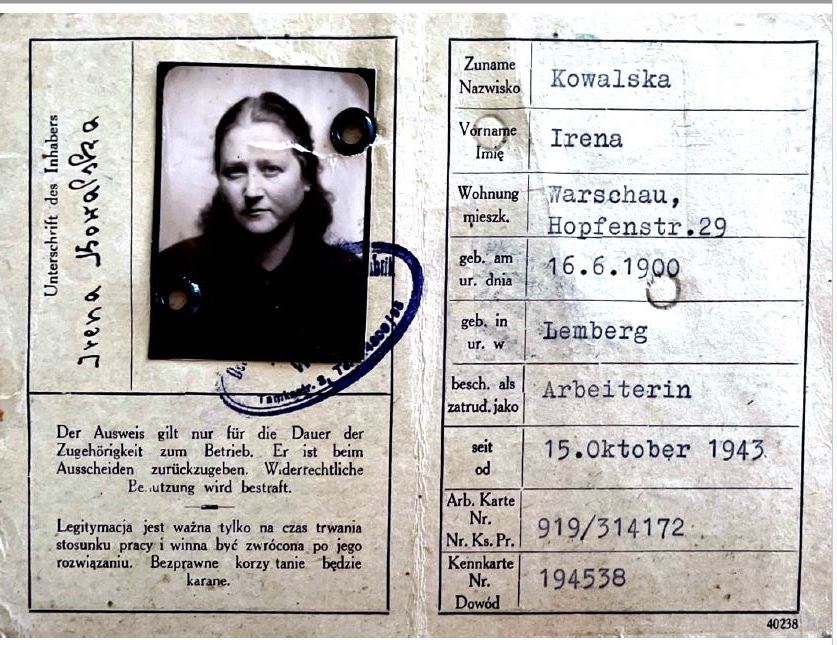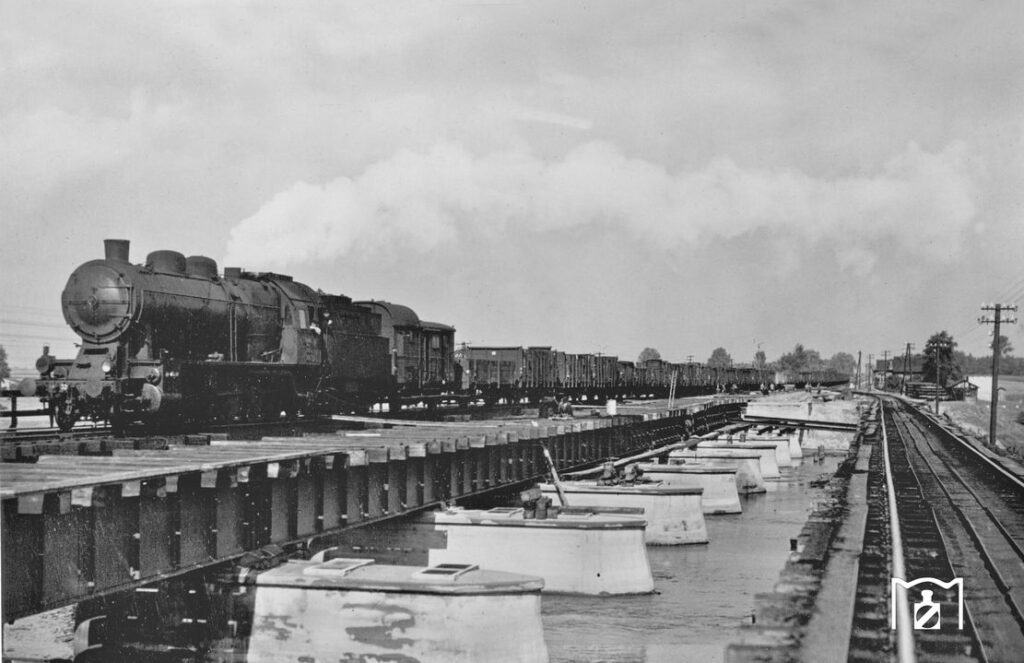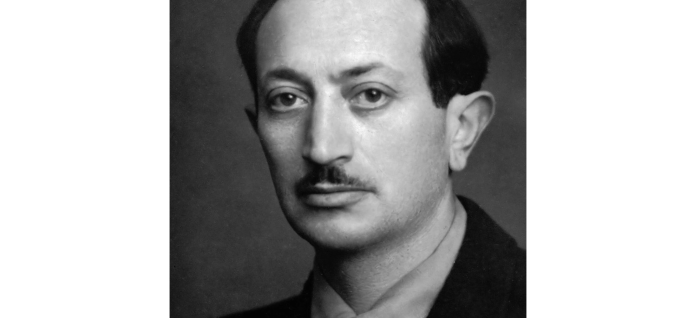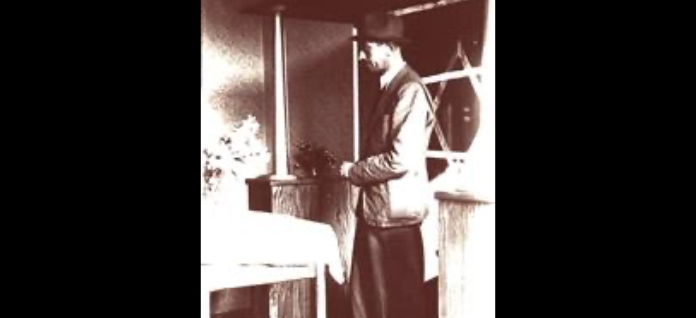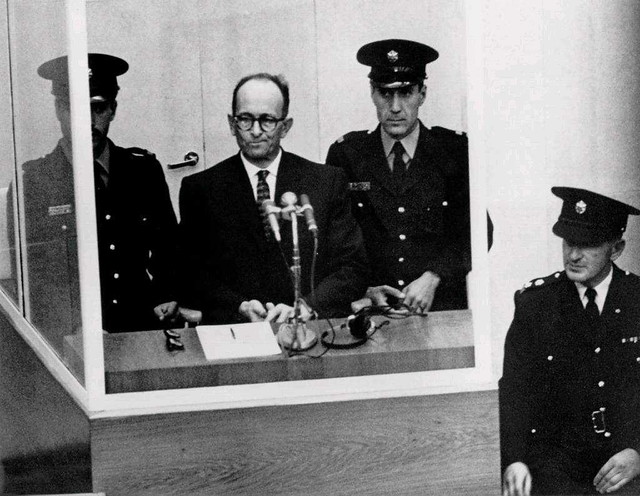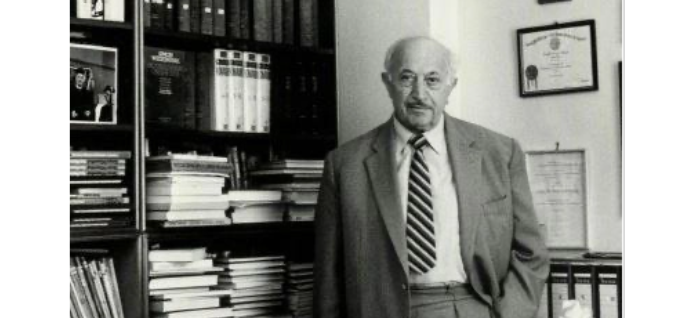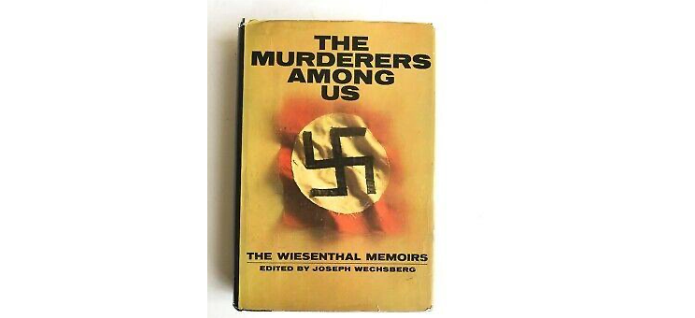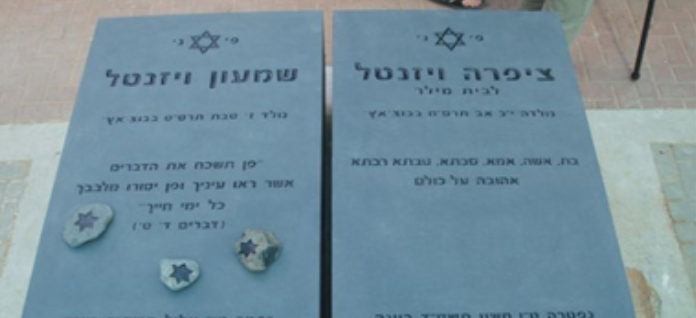Life Story

Escape
Wiesenthal managed to escape from forced labor in the German Eastern Railway Repair Works, but was recaptured. After having twice tried to commit suicide, he was sent back to Janowska. When the camp was liquidated, the retreating German guards decided to keep the few remaining inmates – less than three dozen of more than 100,000 – alive and force-marched them from one camp to the next: first to Plaszow, then to Gross-Rosen, from there to Buchenwald, and finally ending up in Mauthausen, in Austria.
Mauthausen Concentration Camp
In May 1945, Wiesenthal, just barely having survived the hardships, was liberated by a U.S. Army unit. Severely malnourished, he weighed less than 45kg by this time. He recovered and was reunited with Cyla by the end of 1945. 89 members of both their extended families were murdered during the Holocaust.
Immediately after the liberation Simon Wiesenthal started to assist the War Crimes Section of the US Army and later worked for the Army’s Office of Strategic Services and Counter- Intelligence Corps. He headed the Jewish Central Committee of the US Zone of Austria and was also involved with the Bricha, the clandestine immigration of Holocaust survivors from Europe to Mandate Palestine.
Eichmann Capture
Simon Wiesenthal started searching for Adolf Eichmann shortly after the war when it had become clear that he was the architect of the final solution, i.e. to annihilate the Jewish People. Simon Wiesenthal was several times very close to catch Adolf Eichmann; however, the latter managed to escape or to avoid attending events at which he was expected. In the mid 1950s, Simon Wiesenthal donated his entire archive to Yad Vashem, except for the Eichmann file. He was instrumental in providing the Israeli Mossad with an early picture of Adolf Eichmann. In addition, Simon Wiesenthal provided evidence that Adolf Eichmann lived in Buenos Aires under the name of Ricardo Clement. Eichmann was captured by the Mossad on the 11th of May 1960. He was sentenced to death and hung in the night of the 1st of June 1962; his body was incinerated and his ashes were scattered outside Israel’s territorial seawater.
Literary career
Wiesenthal’s influence extended to the literary world as well. In 1967, he published the book “The Murderers Among Us: The Wiesenthal Memoirs”, which would be followed by more books in the years to follow. In 1969 Wiesenthal published “The Sunflower: On the Possibilities and Limits of Forgiveness”.
Heritage of Simon Wiesenthal
In addition to his contribution to the capturing of Adolf Eichmann, Wiesenthal has also been credited with investigations that led to the capture of many war criminals, among them, Franz Stangl, the commandant of the Treblinka and Sobibor concentration camps, Karl Silberbauer, amember of the Gestapo who was responsible for the arrest of Anne Frank, and Hermine Braunsteiner, a notorious camp guard of the Ravensbrück and Majdanek death camps.
Wiesenthal’s work is recognized for continuing to shed light on the injustices and horrors of the Holocaust, for calling for governmental intervention in the capture of war criminals and for being a driven, often at times a sole, investigative force.
Among a legion of awards and medals, he received the U.S. Congressional Gold Medal of Honor, the Honorary Knighthood of the British Empire, the French Legion of Honor, the Presidential Medal of Freedom, the Dutch Erasmus Prize, the Netherlands and Luxembourg Medals of Freedom and the United Nations League for the Help of Refugees Award.
